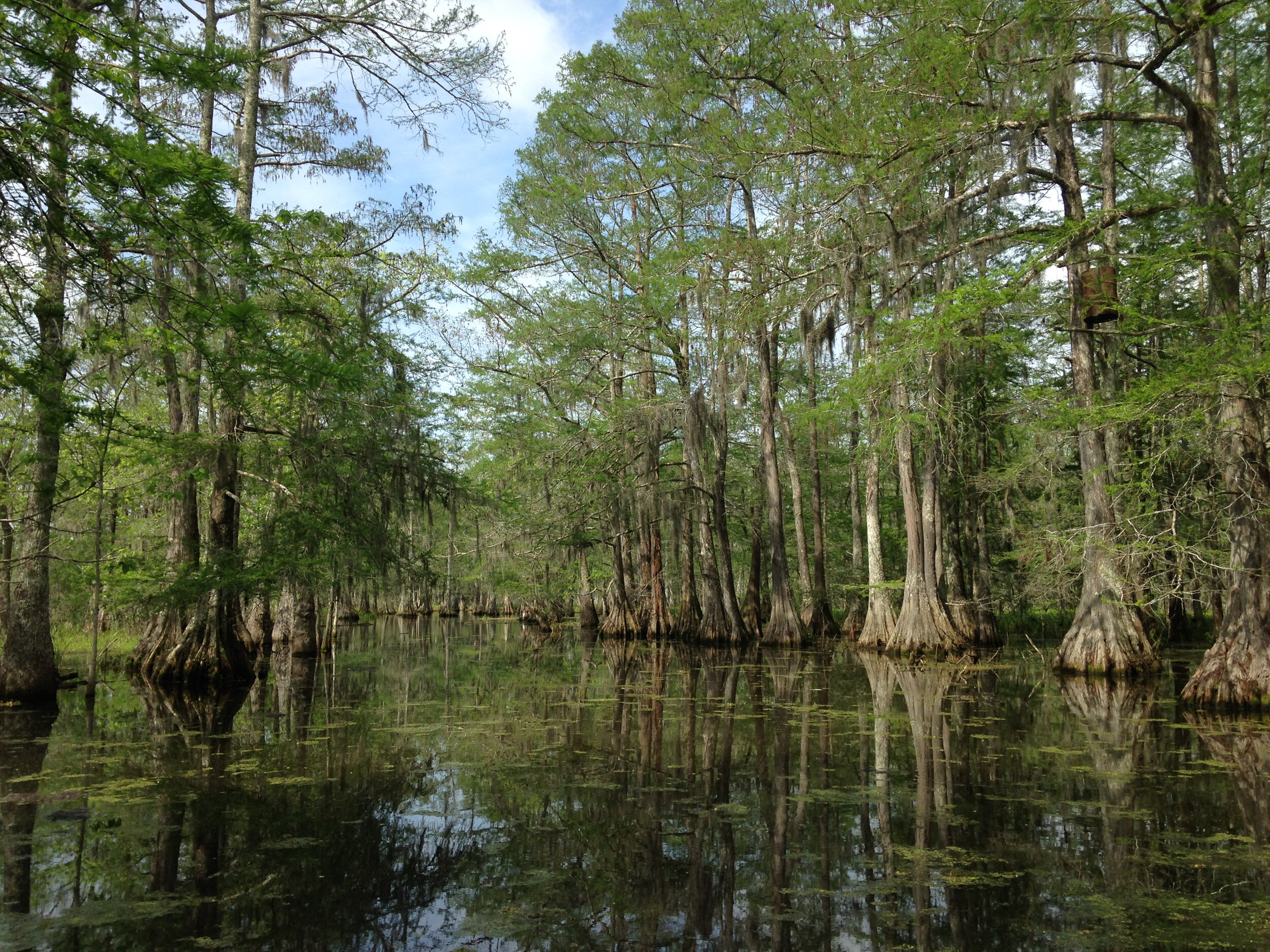Estuaries, wetlands, and swamps depend upon the constant inflow of fresh water to sustain the ecosystem’s balance of plants and animals as well as provide recreational and economic opportunities for people. However, with demands on surface water increasing, there is a need to find what minimum amount of water needs to reach the estuary in order to keep the ecosystem healthy. In this pilot project for the Amite River, we wanted to determine how forces such as sea level rise, subsidence and projects included in Louisiana’s 2017 Coastal Master Plan could impact the river’s flow, both now and into the future and how that altered ecological flow could impact vegetation (cypress trees) and fish (largemouth bass). I worked with an interdisciplinary team of geologists, engineers, modelers, and ecologists and lead the writing of the manuscript to tell the story of how ecological flows can impact fresh forested wetlands and open water habitats and the fish that rely on them. More information is here and publication is here.
Ecological Flows of Maurepas Swamp
